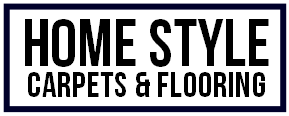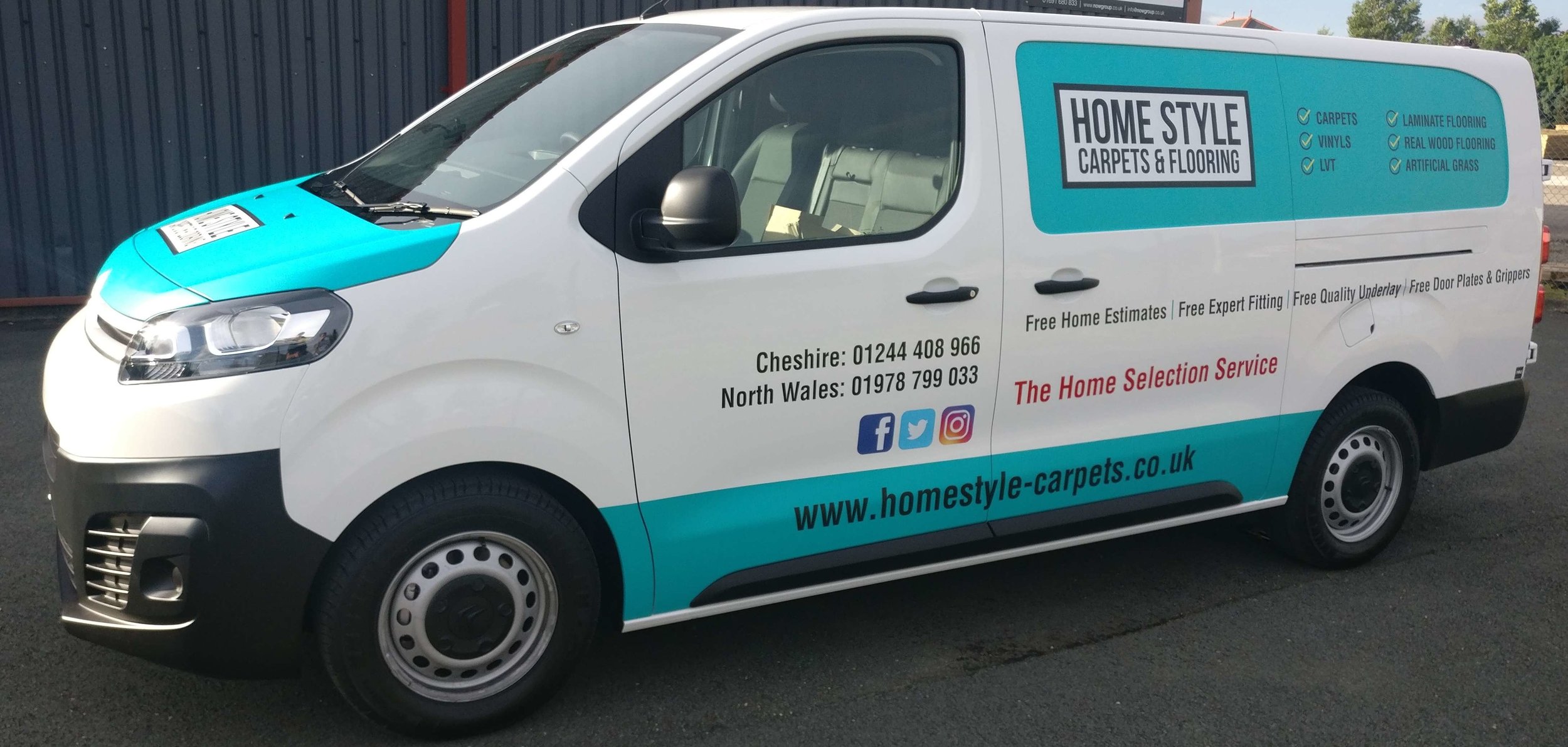What is the best flooring for households with dogs?
/Floors in households with one dog or more need to withstand muddy paws, loose pet hair, bathroom accidents and scratches.
Most pet owners prefer hard surface flooring such as vinyl or laminate, but some types of carpet are fine for dogs.
Flooring that can withstand dogs needs to be easy to clean, scratch-resistant, and water-resistant. In addition to being practical, flooring has to look good. Having a dog in the home does not mean compromising on stylish interior decor.
Dogs can be messy, which makes it important to keep floors clean. Bathroom accidents and muddy pawprints should be cleaned up promptly.
Luxury vinyl flooring with scratch protection coating is a good flooring choice. Some are available with an antimicrobial coating that prevents mould.
For a more affordable option, choose laminate flooring that has a scratch-resistant top layer that protects against damage from dogs’ claws. Laminate flooring comes in many styles, including a realistic stone or wood look.
For dog owners who prefer the softness and warmth of carpets, look for stain-resistant quality carpets that are designed to last a long time. Short-pile carpets are easier to keep clean. Carpets need to be regularly vacuumed and deep cleaned at least once a year. Use a vacuum that is designed to pick up pet hair.
If you have a dog and want to install new floor coverings, talk to your local flooring services in Wrexham. They can advise you on the best pet-friendly flooring options.

